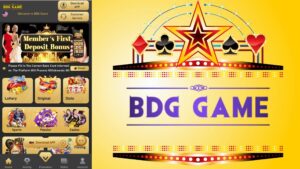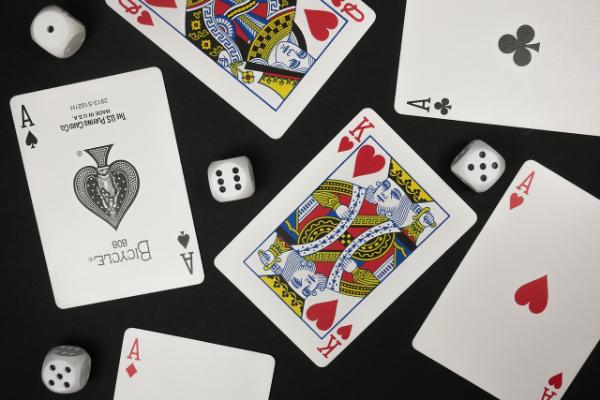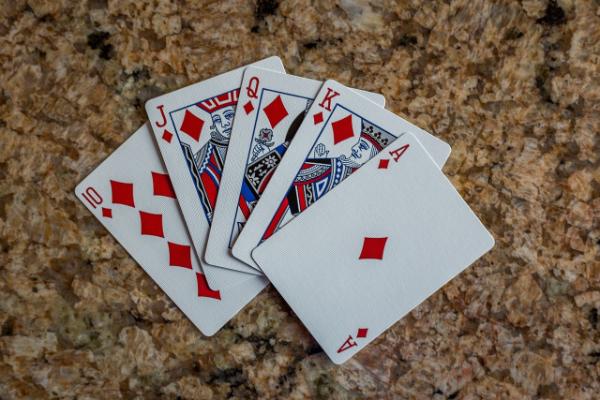Color Trading is an innovative and emerging market concept that offers a creative twist on traditional trading. Instead of buying stocks, commodities, or currencies, participants in color trading speculate on the future demand and popularity of different colors. This market is driven by trends in fashion, design, and consumer culture, making it a unique space where artistic instincts and analytical skills intersect. For those who love following trends and analyzing market movements, color trading provides a fresh and engaging way to participate in the speculative world.

In the world of color trading, the basic principle is similar to that of other markets: buy low and sell high. But in this case, instead of trading physical assets, you’re trading shades and hues. A color’s value can change based on its popularity in design, branding, or fashion, with shifts in consumer preferences or cultural trends driving demand. For example, a bold color like neon green might become highly sought after during a surge in streetwear fashion, while softer pastel tones could become the trend in interior design or branding during other periods. A good color trader anticipates these shifts and makes calculated decisions to profit from them.
What sets color trading apart from other forms of speculation is its deep connection to cultural and psychological factors. Colors aren’t just visual elements—they carry emotional and symbolic meanings that influence how they are perceived by consumers. A color like red, for instance, is often associated with energy, passion, and excitement, making it popular in marketing and advertising campaigns. On the other hand, blue is linked to calmness, trust, and stability, which makes it a favorite for corporate branding. By understanding the psychology of colors, traders can predict how certain shades will perform in the market based on the current mood of society.
Color trends are highly dynamic, often influenced by a wide range of factors. Seasonal changes, fashion shows, product launches, and even global events can all have an impact on the colors that are in demand. A color that was overlooked one year could suddenly rise in popularity the next if it appears prominently in a major fashion collection or becomes part of a major advertising campaign. The ability to read and predict these trends is what makes color trading both challenging and exciting. Traders must stay informed, constantly observing how colors are used across different industries to gauge where the market might move next.
One of the benefits of color trading is the growing availability of online platforms that make it easier to participate. These platforms provide tools and data to help traders make informed decisions, offering insights into current color trends, historical data, and predictions for future shifts. They also often foster communities where traders can exchange tips and discuss upcoming trends, adding a collaborative element to the trading experience. With access to these resources, even newcomers can start exploring the market with some guidance.
Successful color trading requires a strategic approach, much like other forms of investment. While some traders might focus on short-term opportunities based on immediate trends, others may take a long-term perspective, investing in colors they believe will increase in demand over time. For example, a color that’s expected to dominate upcoming fashion seasons might be a short-term buy, while colors tied to larger social movements, such as eco-friendly green tones, might represent long-term opportunities. In either case, balancing risk and reward is key to maintaining a successful portfolio.
As with any form of trading, there are risks involved in color trading. Because color trends can shift rapidly, traders need to be prepared for potential losses if the market doesn’t move as expected. Risk management strategies, such as setting stop-loss limits and diversifying across multiple colors, can help mitigate these risks. By staying disciplined and not overcommitting to any single color, traders can navigate the market’s volatility with greater confidence.
In conclusion, color trading is a creative and engaging market that blends trend analysis, psychology, and design. For those interested in exploring a new type of speculative investment, it offers a unique opportunity to profit from the ever-changing world of colors. Whether you’re passionate about fashion, design, or simply love predicting trends, color trading is a vibrant market with plenty of potential.



